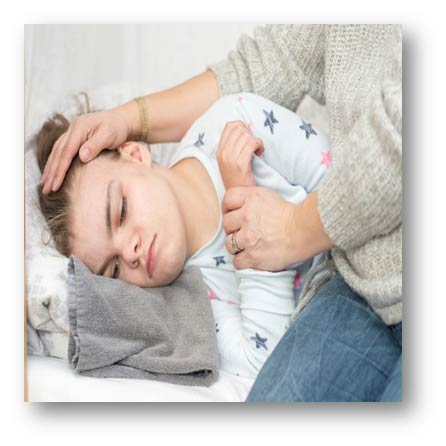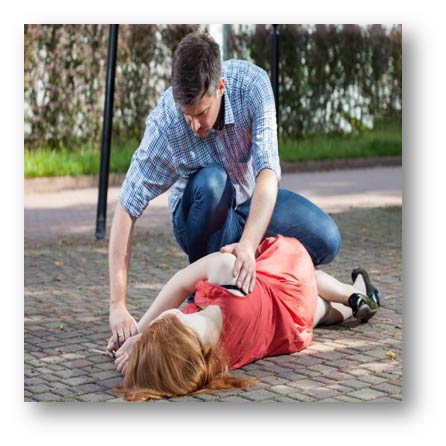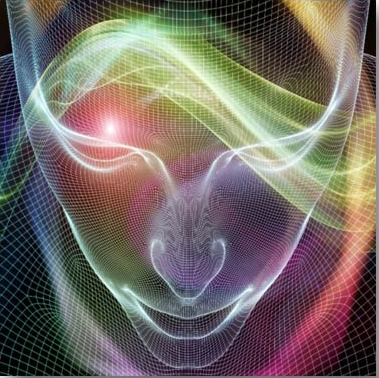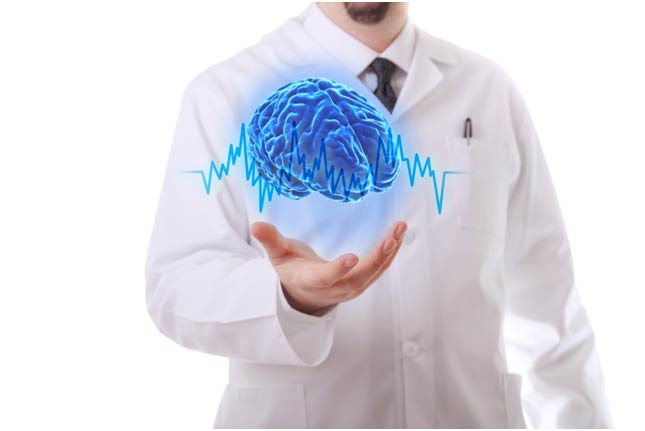What Are Seizures?
- Seizures are bodily reactions that can be seen by another person OR they are only experienced by the patient themselves.
- Can occur anytime of the day.
- Seizures could occur with or without abnormal brain activity.
- Seizures can be recorded on video.
What Are Epileptiform Discharges?
- They are abnormal electrical activity of the brain that can occur anytime of the day.
- These are not observable by another person.
- Only an EEG can detect it.
What Is Epilepsy?
- A patient with 2 or more Epileptic Seizures (see below), 24 hours apart will be diagnosed as having Epilepsy
How Are Seizures Classified?
Seizures are classified into 3 types using Video recording with EEG (VEEG):
- ●Epileptic Seizures
- ●Non Epileptic Seizures
- ●Epileptic discharges without Seizures
Seizure arises from mental, emotional stressors, or psychological distress and not neurological
Signs & Symptoms Of Seizures
A) Observable seizures
Automatism features: co-ordinated, repetitive, automatic movements that resembles a voluntary movement that last several seconds to minutes with impairment of cognition/awareness. Person is usually amnesic afterward.
- Meaningless behavior
- Mouth: lip smacking, lip pursing, chewing, swallowing, clicking, tongue movements, spitting, hyper-salivation
- Hands: Hand flapping, looking at hands, fumbling, tapping, clapping, rubbing of hands, exploratory movements & gesturing with the hand
- Picking up things, picking at their clothes or trying to remove them,
- Walking/running aimlessly
- Repetition of words, phrases, brief sentences or mumbling
- Vocalization of single or repetitive sounds such as shrieks or grunts
- Bursts of laughter or giggling with no external triggers, and with no appropriate emotional tone
- Outbursts of crying without any emotional triggers
- Uncoordinated movements
Hypermotor features: is characterised by increase motor activity
- Pedalling
- Pelvic thrusting
- Jumping
- Thrashing
- Rocking movements
Hypomotor features: is characterized by reduced motor activity and/or behavioural arrest of ongoing motor activity.
- Speech arrest (stops talking suddenly)
- Stops writing
- Freezing’ when walking
- Slow movements
- Sudden loss of muscle tone (see Atonic)
Oculomotor (eyes) features:
- Forced eyelid closure
- Eyes fluttering
- Eyes deviates to one side or looking upwards
- Rhythmic jerks of eyes towards one side (nystagmus)
Dycognitive & Absent features:
Involves altered awareness or responsiveness
- Person stopping and having a blank look
- Empty stare and ‘spaced out’ behaviour
- Person is unaware of the environment and may seem dazed
- Impaired memory of the event
- Complete loss of awareness or with little awareness such as continuing an activity with mistakes or done very slowly
- Manifest in any “inappropriate” automatisms (see Automatisms above) such as:Repetition of words, phrases, mumbling, walking about aimlessly, looking at hands, hand flapping, etc

Tonic features:
- Limbs becoming stiff, tense or rigid lasting seconds up to a minute
- Individual is unaware of the event and may result in ‘drop attacks’ (see Atonic)
Myoclonic features:
- Single or series of jerks (muscle twitching) of limbs or fluttering of eyelids
- Can result in irregular jerking for 30 minutes or more with full awareness (Myoclonic Status Epilepticus)
Dystonic features:
- Sustained contractions of muscles producing twisting movements and abnormal postures

Convulsive features:
- Sustained rhythmical jerking movements called clonic activity occurs alone or with tonic seizure mostly affecting limbs, face and tongue.
Atonic features:
- Sudden loss of muscle tone of head, trunk or limbs, becoming weak or limp, resulting in ‘drop attacks’.
Todd’s Paralysis:
- It is a seizure that mimics a stroke
- It is a temporary paralysis following a seizure. The paralysis may be partial or complete. Generally occurs on one side of the body and usually subsides completely within 48 hours.
Epileptic Spasms: These are seizures, which are seen more commonly in infants than in older children
- Brief movement tending to occur in a cluster when the young person first awakes
- Movements involve head dropping and the arms elevating
- Abdominal ‘crunches’ also may occur
- Subtle forms involves a jerk/drop of the chin
- These are important to distinguish early as they may be associated with regression in development

B) Experiential seizures (patient’s experiences)
Autonomic features: Autonomic Nervous system is a system that regulates bodily functions. Autonomic seizures affects the heart, digestion, urogenital, blood pressure and temperature control
- Heart palpitations, excessive high or slow heart rate, chest pains, nausea, paleness (pallor)
- Butterflies, hunger, vomiting
- Urge to urinate or defecate, increased sexual sensation
- Goosebumps, feeling hot or cold, skin flushing, pilo-erection (hair erection)
Cognitive features:
- Impairment of both receptive language and expressive language:
Example: difficulties and poor fluency in speech, reading, calculating, writing, articulation difficulty, executive functions, social skills - Impairment of memory
Aura features:
Are subjective experiences and may be Experiential or Sensory.
Experiential Aura
-
- Affective (emotion): fear, panic, depression, anxiety, joy and anger, increased sexual behaviour
- Mnemonic (memory): feelings of familiarity (déjà vu) and unfamiliarity (jamais vu)
- Hallucinatory: imagined complex sensory phenomena with full awareness
Visual (e.g. formed images, people, animals, scenes),
Auditory (e.g. hearing voices or formed speech) or other sensory modalities.
May be accompanied by associated emotion for example experiencing persecution or embarrassment
-
- Illusory aura: alteration of actual perception involving visual, auditory, sensory, smell, taste, with full awareness
Somatic illusion (feeling of a body part being enlarged/shrunken/absent/elongated/shortened/twisted)
Visual illusion (objects appear larger or smaller),
Out of Body experience, floating, inability to move
- Forced thoughts: repetitive intrusive obsessive thoughts or ideas, or the crowding of thoughts
- Forced acts: Attempting to act on forced thoughts
Sensory Aura
- Somatosensory: tingling, numbness, prickling, pain, burning, crawling, electric-shock like sensation, pain, burning or cold sensation, formication (sensation of insects crawling under the skin causing severe itchiness, often misdiagnosed as eczema)
- Visual: flashing or flickering lights, spots or other shapes, simple patterns, loss of visual field, blindness
- Auditory: including buzzing, ringing, drumming or single tones
- Olfactory (smell): an unpleasant odour
- Gustatory (taste): acidic, bitter, salty, sweet, or metallic tastes
- Epigastric (abdominal area): upper abdominal discomfort, emptiness, tightness, churning and a sensation that may rise up to the chest or throat (epigastric rising)
- Cephalic (head): light-headedness or a headache




